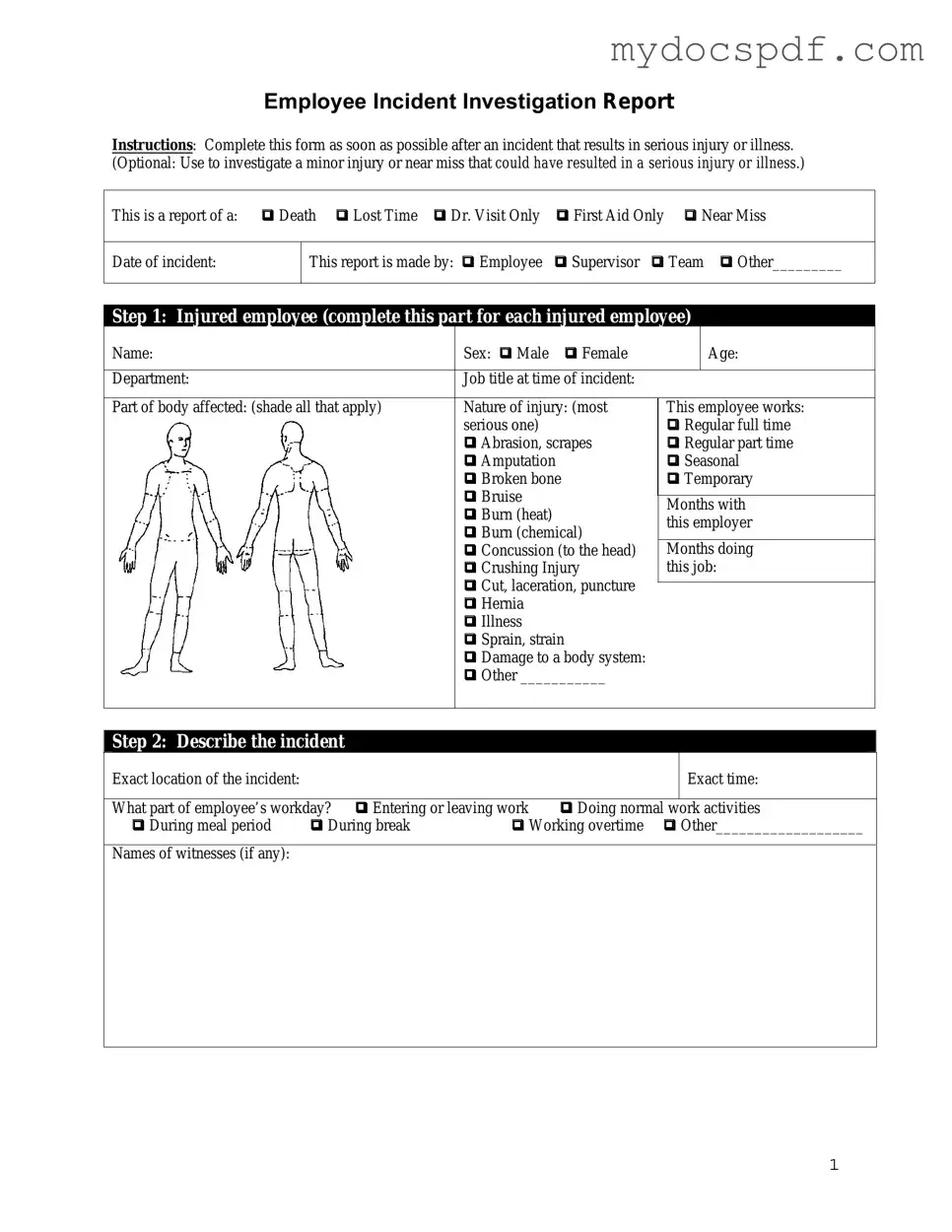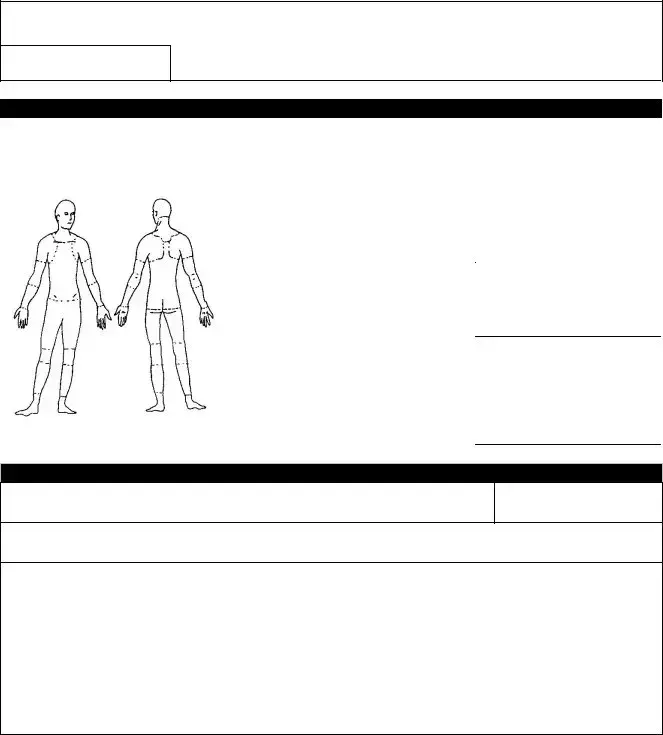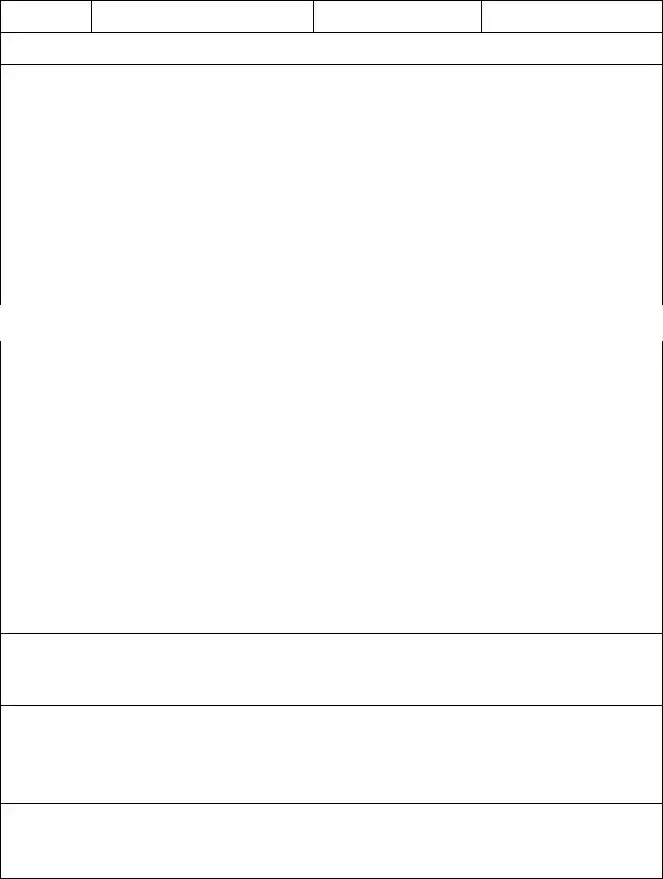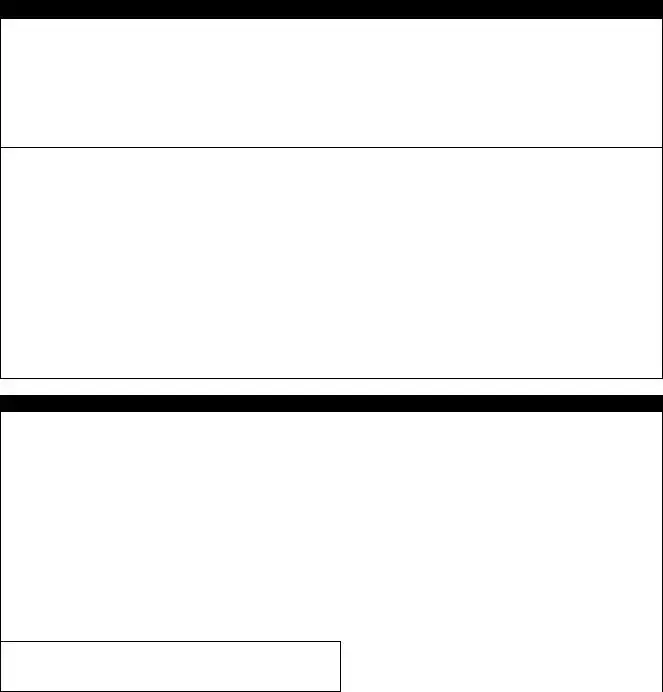Get Employee Accident Report Form in PDF
The Employee Accident Report form is a crucial document used to record details of workplace accidents involving employees. This form helps ensure that all incidents are documented accurately, which is essential for safety reviews and potential claims. Understanding how to fill it out properly can make a significant difference in handling workplace injuries effectively.
Access Editor Here



